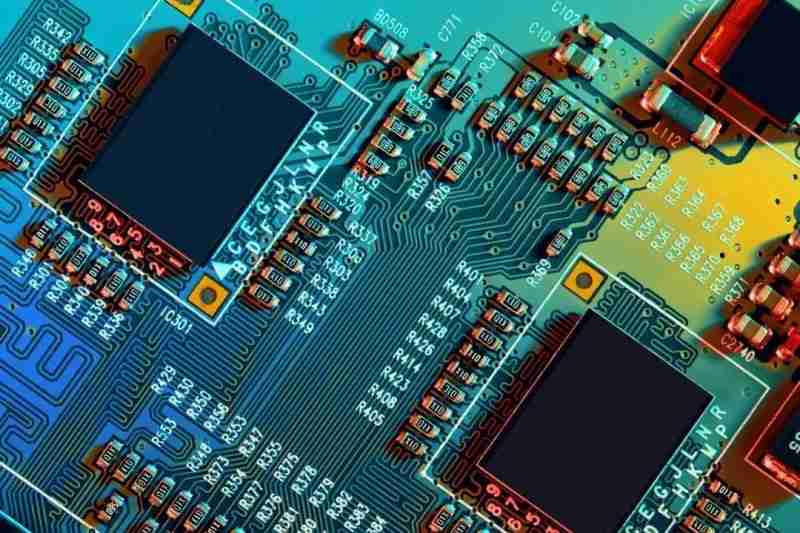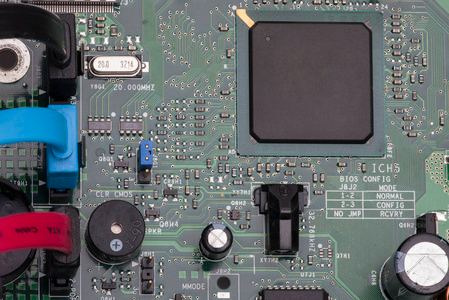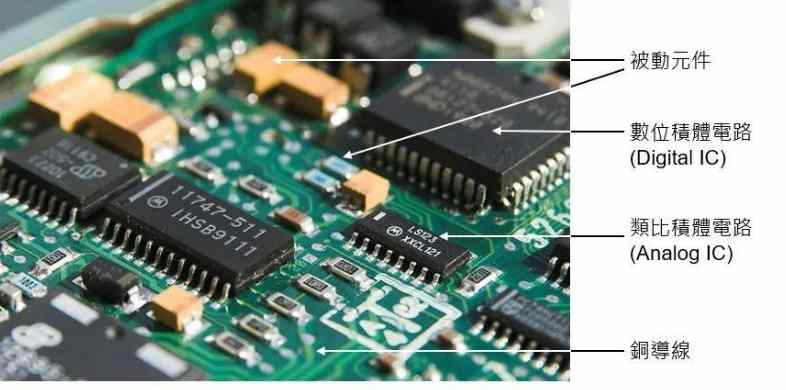
The usual PCB design current does not exceed 10 A, even 5 A. Especially in household, consumer electronics, usually the continuous working current on the PCB will not exceed 2 A. However, to design the power wiring for the company's products recently, the continuous current can reach about 80 A. Considering the instantaneous current and leaving A margin for the whole system, the continuous current of the power wiring should be able to withstand more than 100 A.
So the question is, what kind of PCB can withstand the current of 100 A?
Method 1: Routing cables on the printed circuit board
To understand the PCB overcurrent capability, we start from the PCB structure. Take a double-layer PCB, for example, which is usually a three-layer structure: copper, plate, copper. Copper is PCB current, signal to pass through the path. According to middle school physics knowledge can know an object's resistance and material, cross-sectional area, length. Because our current is going through the copper, the resistivity is fixed. The cross-sectional area can be seen as the thickness of the copper skin, which is the thickness of the copper in the PCB processing options. Copper thickness is usually expressed in OZ. 1 OZ of copper is 35 um, 2 OZ is 70 um, and so on. It is easy to conclude, then, that in order to pass high currents on the PCB, the wiring should be short and thick, and the thicker the copper of the PCB, the better.
Actually in engineering, there is no strict standard for the length of wiring. In engineering, copper thickness/temperature rise/wire diameter are usually used to measure the current carrying capacity of PCB board.
A circuit board of 1 OZ copper is thick, and a 100 mil (2.5 mm) wide wire is capable of passing 4.5 A current at 10° temperature rise. In addition, with the increase of width, PCB current-carrying capacity does not increase strictly in line with the linear increase, but the increase range gradually decreases, which is also consistent with the actual project situation. If the temperature rise is increased, the current carrying capacity of the wire can also be improved.
Through these two tables, the PCB wiring experience can be obtained: increasing copper thickness, widening wire diameter and improving PCB heat dissipation can enhance the current carrying capacity of PCB.

So if I want to run 100 A current, I can choose 4 OZ copper thickness, set the wire width to 15 mm, double sided wire, and add heat dissipation device, reduce the temperature rise of PCB, improve the stability.
Method 2: Terminals
In addition to routing cables on the PCB board, you can also route cables by using terminals.
Fix several terminals that can withstand 100 A on the PCB or the product housing, such as sticker nuts, PCB terminals, copper posts, etc. Then the wire that can withstand 100 A is connected to the terminal post with wiring terminals such as copper nose. So that the large current can travel through the wire.
Method three: Custom copper bar
Even, it can be customized. It is a common practice in industry to use copper bars to carry high current. For example, transformers, server cabinets and other applications all use copper bars to carry high current.
Attached is the current carrying capacity table of copper bar:
Method 4: Special process
In addition, there are some special PCB processes, which may not be processed by domestic manufacturers.







